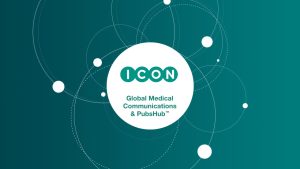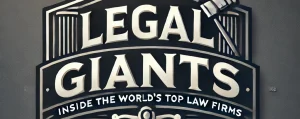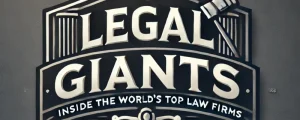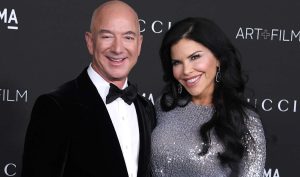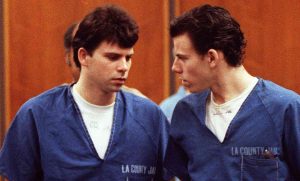Earlier this year, Professor Claoué established the Eye-Law Chambers, an organisation that is dedicated to ophthalmology expert witnesses. We spoke with him earlier this year regarding the aim of the chambers and so we decided to catch up with him, to discuss the chamber’s progression, what makes them the go-to experts for medical issues involving the eye, and issues they face with the legal sector.
What is the most challenging aspect of devising a report?
We have a policy at our Eye-Law Chambers to keep our report as short and relevant as possible without missing any material facts, which is a good challenge. This contrasts with other experts, who sometimes seem to want to produce the longest possible report. We like to make the point of delivering the report on time and on budget, and we try to keep a turnaround time of four weeks or less; at the moment, we have not had any problem keeping to that.
Because we have several experts, we try to make sure each expert has an appropriate amount of work to meet our timelines and we believe that potential clients appreciate a clearly stated and relatively short time-line for reports.
What do you tend to do when the investigation of facts does not give much leeway into you producing an overall conclusion? Following on, if there is little evidence for you to produce an opinion, do you think more could be done (from the legal side) to ensure sufficient evidence is sought after?
This is a very good question; in our field of expertise, the problem is always in the quality of medical records, which were never created with the intention that they would be subjected to forensic analysis.
What would you advise to try and change that?
We are often provided with the ophthalmology medical records, but occasionally having the optician’s records are very helpful. Of course, opticians are not medically qualified but they can measure vision very accurately and this helps, especially if there is dispute as to whether vision was or was not normal before the index event.
If there is little evidence for you to produce an opinion, is there anything that could be done by the legal side?
A careful witness statement from the client can often be very helpful, as well as optician’s records as previously mentioned..
Does the legal profession often underestimate the time needed to devise an appropriate report, and if so, what could be done to solve this issue?
This is a really big problem because the legal profession seems to underestimate the time to go through very copious medical records in a rigorous manner. As a result, we have to have robust discussions to explain that a high quality report will take time and effort. One of the things we like to point out is that there is English case law that it takes 1 minute to scrutinise one page, and not one second! As my favourite, yet highly applicable phrase goes: ‘Pay peanuts get monkeys’.
Can you notice when looking at the opposition’s reports, any traits which indicate the report has been rushed?
Yes, and it implies to me that the expert has not had the time to get to grips of the information provided. There are typographical errors, wrong dates or laterality, and there is the impression that “cut-and-paste” has been used a lot to pad it out. A high-quality report ought to be short, relevant and technical terms should be explained.
What is the best way to devise an objective report? What stages do you undergo?
The most important part of this is strategic planning from the outset; so you must consider: what are the facts? Iin our field, we look at indications for treatment – whether the diagnosis was correct, whether the consent process was reasonable and what was the outcome and management. I have to say that the consent is currently the hot topic, due to the Montgomery case.
Following from the above, do you often find that the requirements i.e. time constraints, from the legal profession could alter your own method of analysis?
Eye-Law chambers are quite often instructed to produce screening reports and my concern with that is that it may miss subtle aspects which are not immediately obvious. Time is obviously the key to producing high quality rigorous reports but if we are time limited and we regard it as inadequate, we do state it in our report so the Court is aware. If speed is of the essence for reasons of limitation we do offer a 5 day and a 48 hour service subject to our workload, but the solicitors who need thi service are always very grateful to find that our Chambers can deliver it.
What do you classify as a bad report?
Of course any report that is not provided by Eye-Law Chambers! More seriously, reports where people stray from their area of expertise, or at the other end, where experts advise ultiple other Expert opinions and then don’t come to any conclusion themselves. I would like to add that any reports that are late having been promised in a given time, but then are delayed for no good reason, are bad reports! This is why we have a four week timeline in our terms of engagement.
How do you ensure your conclusion is succinct for non-experts and how difficult is it to ensure the message is still portrayed?
This is very relevant in ophthalmology, as even within medicine ophthalmologists have our own language and technical terms that other doctors may not understand. Therefore, in addition to our conclusion statement in the text of the report, we also provide a bespoke glossary to clarify technical terms and include a short appendix which tries to cover the basics of ophthalmology as succinctly and simply as possible.
The report structure seems reasonably straightforward, however, with your extensive experience, do you think any requirements could be altered to produce a higher quality report?
Eye-Law Chambers are frequently told the diagram and explanation of the anatomy of the eye is very helpful, so perhaps other experts should be more generous with their illustrations in their reports as I agree that a picture is worth a thousand words.



